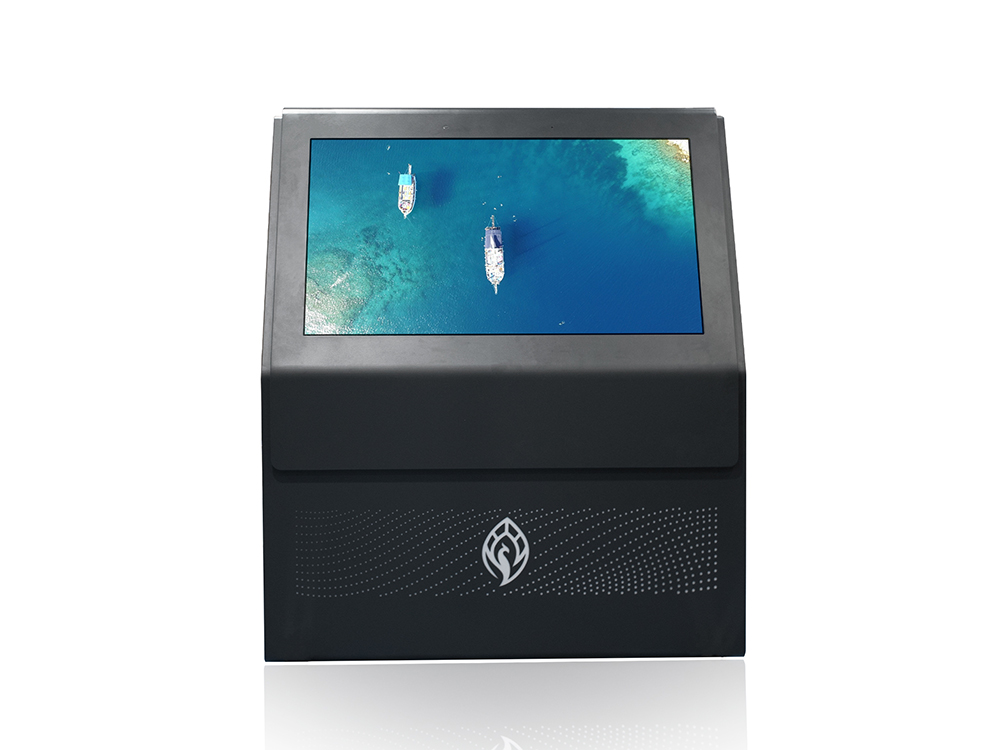
Incorporating Animation into Digital Signage Design.In the realm of digital communication, the static has long been overshadowed by the dynamic. As technology advances, so do our methods of conveying information, and digital signage is no exception. Gone are the days when simple, unchanging displays sufficed. Today, the integration of animation into digital signage design has become a cornerstone of engaging, informative, and visually stimulating content. This transformation is not merely a trend but a reflection of our evolving understanding of how audiences perceive and interact with digital information.

Animation, by its very nature, possesses the ability to captivate. It introduces movement, color, and sound in ways that static imagery cannot. When used thoughtfully in digital signage, animation can elevate the viewing experience, making content more memorable, understandable, and engaging. However, the process of incorporating animation is not without its challenges. Designers must balance aesthetics with functionality, ensuring that animations serve a purpose beyond mere decoration.
One of the primary considerations when integrating animation into digital signage is the purpose of the content. Is the goal to inform, entertain, or persuade? The answer to this question will guide every aspect of the design process. For instance, educational content might benefit from subtle animations that highlight key points or demonstrate processes step-by-step. On the other hand, entertainment-focused signage might employ more vibrant, eye-catching animations to draw attention and maintain interest.
The choice of animation style is equally crucial. From minimalistic, clean lines to intricate, detailed animations, the style should align with the overall brand identity and the message being conveyed. A sleek, modern brand might opt for minimalist animations that emphasize clarity and sophistication. Conversely, a brand aiming for a more playful, approachable image might choose animations with a whimsical, hand-drawn feel. Consistency in style helps to create a cohesive viewing experience and reinforces brand recognition.
Moreover, the timing and duration of animations are factors that cannot be overlooked. Animations that are too fast can be overwhelming, while those that are too slow might lose the audience's attention. Finding the right pace is a delicate balance that requires careful consideration of the content's complexity and the audience's expectations. Short, snappy animations are often more effective in conveying simple messages, while longer, more complex animations might be necessary for detailed explanations or storytelling.
Interactivity is another dimension that animation brings to digital signage. By incorporating touch-sensitive elements or motion sensors, designers can create immersive experiences that encourage audience participation. For example, a retail store might use interactive animations to allow customers to explore different product features or view items in various colors and sizes. This not only enhances the shopping experience but also provides valuable data on customer preferences and behavior.
Sound design plays a pivotal role in the animation experience as well. While not all digital signage requires audio, the right soundtrack or sound effects can significantly enhance the overall impact. Consider the ambiance of the environment where the signage will be displayed. A quiet, serene setting might benefit from soft, ambient sounds, whereas a lively, bustling area might require more upbeat, attention-grabbing audio cues.
Of course, the technical aspects of implementing animations must also be taken into account. File sizes, resolution, and compatibility across different devices and platforms are practical considerations that can affect the quality and performance of animations. High-resolution animations might offer superior visual quality but could also result in longer load times and increased bandwidth usage. Designers must strike a balance between visual fidelity and practicality, ensuring that animations are optimized for the intended display environment.
Accessibility is an often-overlooked but crucial aspect of digital signage design. Animations should be designed with inclusivity in mind, ensuring that they are understandable and enjoyable for all audiences, including those with visual or hearing impairments. This might involve incorporating text descriptions for visual animations, providing adjustable audio settings, or ensuring that animations are not overly distracting for those with sensory sensitivities.
Content management systems (CMS) play a vital role in the deployment and updating of digital signage content. A robust CMS allows for the seamless integration of animations, facilitating easy updates and real-time adjustments. This flexibility is essential, as digital signage often needs to reflect changing information or adapt to different times of day, weeks, or seasons. A well-designed CMS can empower designers to create dynamic, responsive content that evolves with the needs of the audience and the environment.
The impact of animations extends beyond mere engagement. They can also influence behavior and drive action. For instance, animated calls-to-action (CTAs) have been shown to be more effective than static ones in prompting viewers to take the desired steps, whether it's visiting a website, making a purchase, or signing up for a service. By strategically incorporating animations into CTAs, designers can guide the audience's attention and encourage interaction.
In public spaces, animations can serve as powerful tools for wayfinding and navigation. Dynamic maps, directional arrows, and interactive kiosks can help visitors navigate unfamiliar environments with ease. These animations not only provide practical assistance but also enhance the overall experience by making navigation intuitive and enjoyable.
The future of digital signage lies in its ability to seamlessly integrate with other technologies. As the Internet of Things (IoT) becomes more prevalent, digital signage will become smarter, more connected, and more responsive to its environment. Animations will play a key role in this evolution, enabling real-time updates, personalized content, and interactive experiences that adapt to the presence and behavior of individuals.
In conclusion, the incorporation of animation into digital signage design is a multifaceted endeavor that requires a deep understanding of audience needs, technical constraints, and design principles. By carefully considering the purpose, style, timing, interactivity, and accessibility of animations, designers can create compelling, effective, and memorable content that enhances the digital signage experience. As technology continues to advance, the possibilities for animation in digital signage will only grow, offering new ways to inform, entertain, and engage audiences in every corner of our digital world.
Current article link: https://www.lcdkiosk.com/news/432.html

Tel
